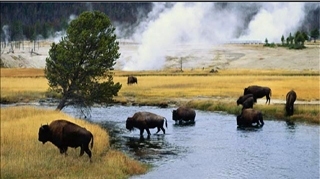 |
|||||
|
|
|||||
|
Research Papers |
|||||
|
|
|||||
|
|||||
|
Today is: |
|||||
|
|||||
|
|||||
|
Revised: 02/04/2018 |
|||||
 |
|||||
|
|
|||||
|
Research Papers |
|||||
|
|
|||||
|
|||||
|
Today is: |
|||||
|
|||||
|
|||||
|
Revised: 02/04/2018 |
|||||